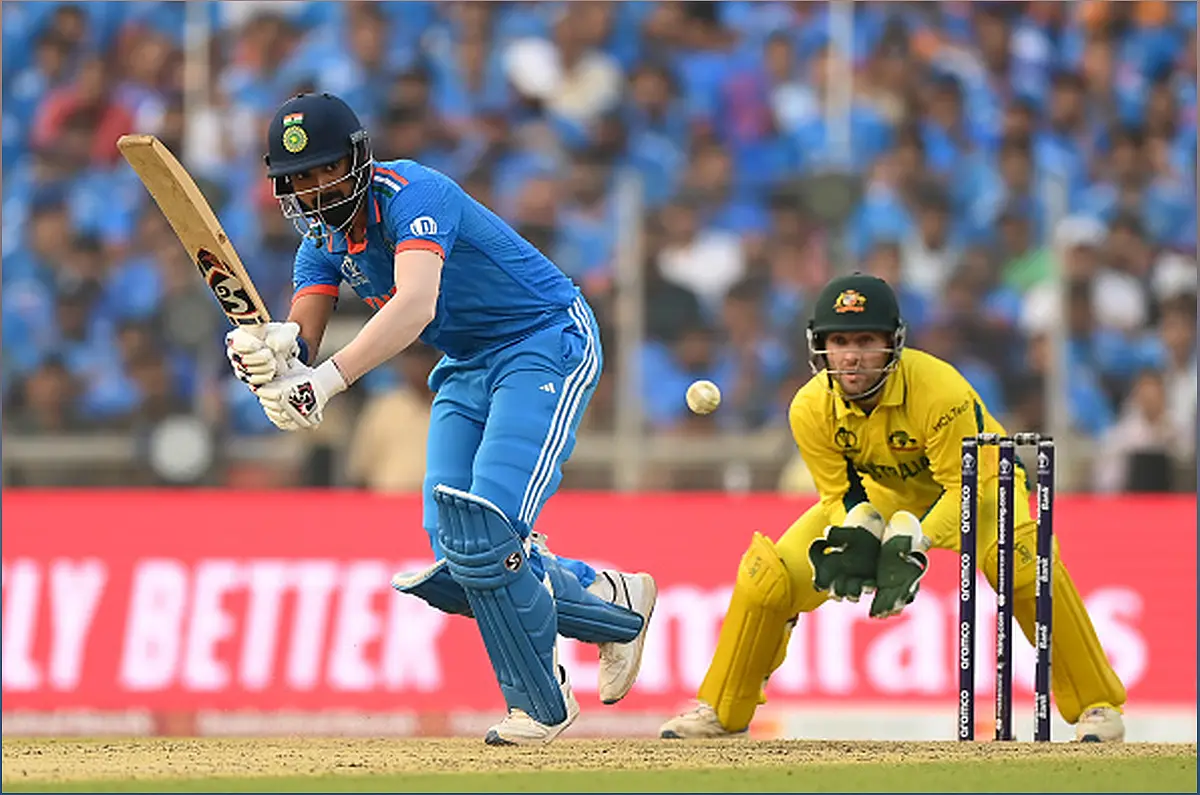In the thrilling finale of the ICC Men’s Cricket World Cup 2023, India faced a devastating defeat at the hands of Australia. Despite their unbeaten streak and commendable performances throughout the tournament, India's cautious middle-order approach and absence of key players proved costly. Let's delve into the analysis of their batting strategy and the impact it had on the final outcome.
India's Batting Approach in the Final
Analyzing India's cautious batting strategy and its impact on the final outcome.
In the high-stakes World Cup 2023 final against Australia, India's middle-order adopted a cautious approach, which ultimately proved to be their downfall. While skipper Rohit Sharma provided a fiery start, the middle-order failed to capitalize on it. Virat Kohli and KL Rahul's consolidation strategy in the middle overs resulted in a lack of boundary-scoring opportunities.
Despite the need for quick runs, the Indian batsmen seemed hesitant to take risks, possibly due to the absence of all-rounder Hardik Pandya. This cautious mindset, particularly exhibited by KL Rahul, hindered the team's progress. The middle-order could have benefited from a more fearless and aggressive approach, especially in a high-pressure final.
The Impact of Missing Hardik Pandya
Examining the significance of Hardik Pandya's absence and its effect on India's batting strategy.
One crucial factor that affected India's batting approach in the final was the absence of all-rounder Hardik Pandya. His presence in the team would have provided the middle-order with the confidence to take more risks and play with a 'do or die' mindset. However, without Pandya, KL Rahul felt the responsibility to bat deep and avoid getting out, which restricted his scoring rate.
If Pandya had been in the team, Rahul might have been more inclined to take risks and play more aggressively. However, the fear of a batting collapse without Pandya's firepower seemed to influence the team's cautious approach. The absence of Pandya's dynamic batting and bowling skills was keenly felt in the final.
Rohit Sharma's Aggressive Game Plan
Analyzing Rohit Sharma's attacking style of play and its impact on India's overall performance.
Throughout the World Cup 2023, Rohit Sharma showcased his aggressive batting style, providing explosive starts for India. In the final as well, he continued with his attacking game plan, scoring at a brisk pace. However, his dismissal while attempting a big shot against Glenn Maxwell raised questions.
Despite the criticism, Rohit's aggressive approach had been successful for India in the tournament. His ability to dominate spin bowling and score quickly in the powerplay overs was a significant asset. While his dismissal in the final was unfortunate, it was in line with his natural game, and he should not be faulted for it.
The Role of Mohammad Shami in the Final
Assessing the decision to give Mohammad Shami the new ball and its impact on India's bowling performance.
In a surprising move, Mohammad Shami was given the new ball in the World Cup final. While he managed to get an early breakthrough by dismissing David Warner, the decision to opt for Shami over other options like Mohammed Siraj raised eyebrows.
Siraj had shown promise throughout the tournament and had the ability to bowl economical spells. The decision to bring in Shami may have been influenced by his early success, but it did not have a significant impact on Australia's batting. Additionally, the dew factor in the latter part of the match made it easier for the batsmen.
The Psychological Impact of Losing Early Wickets
Examining the psychological effect of losing early wickets and its influence on India's overall performance.
India's early loss of three wickets within the first 15 overs of the final had a psychological impact on the team. The pressure to rebuild the innings and the fear of a batting collapse may have influenced the cautious approach of the middle-order batsmen.
Furthermore, the onset of dew after the initial wickets fell made batting easier for the Australian team. The bowlers had to contend with a ball that did not offer much assistance, adding to the challenges faced by the Indian team.

